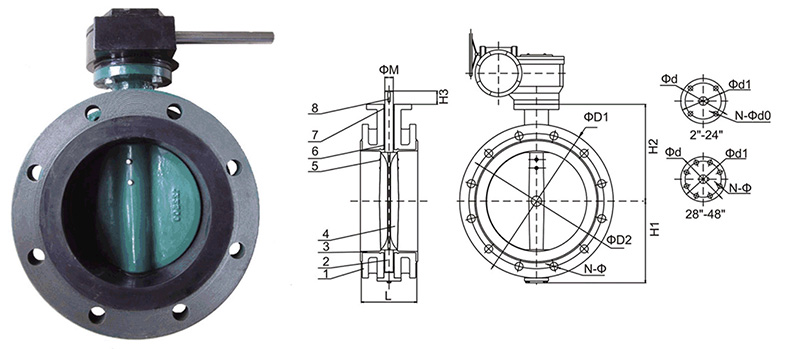10 月 . 04, 2024 12:10 Back to list
swing check valve
The Swing Check Valve An Essential Component in Fluid Systems
A swing check valve is a crucial component in various fluid systems, ensuring unidirectional flow and preventing backflow. This type of valve operates like a flap that swings open in one direction, allowing fluid to pass through while closing automatically when the flow direction reverses. These valves are commonly used in water supply systems, wastewater treatment facilities, and industrial applications, making them vital for efficient and safe operations.
One of the primary advantages of swing check valves is their simple yet effective design. They consist of a disc (the swing) that pivots on a hinge or pin within a valve body. When fluid flows in the intended direction, the force pushes the disc open, permitting passage. Conversely, if the fluid attempts to flow back, the disc swings shut due to gravity or the fluid’s backpressure, creating a seal that prevents leakage. This mechanism is particularly beneficial in systems where backflow can cause contamination or damage.
Swing check valves can be constructed from various materials, including cast iron, stainless steel, or plastic, depending on the application requirements and environmental conditions. The choice of material affects the valve's durability, resistance to corrosion, and overall performance. For example, in chemical processing applications where corrosive substances are handled, stainless steel or specially coated valves are often preferred to extend service life and maintain system integrity.
swing check valve

Installation and maintenance of swing check valves are relatively straightforward. They can be installed in horizontal or vertical pipelines, though proper orientation is essential to ensure optimal operation. Regular maintenance involves checking for debris accumulation and ensuring that the disc operates smoothly. Unlike some other valve types, swing check valves typically require minimal upkeep, contributing to lower operational costs in the long run.
In terms of performance, swing check valves offer considerable advantages over other check valve designs, particularly in larger diameter applications. Their low-pressure drop during operation is a key factor, as it allows for efficient fluid flow and energy savings. Additionally, their ability to handle high flow rates makes them ideal for commercial and industrial systems where sizeable volumes of fluid are transported.
However, it is essential to consider the potential limitations of swing check valves. For instance, they may not be suitable for systems with pulsating or fluctuating flow, as continuous pressure changes can lead to valve chatter or premature wear. In such scenarios, alternative check valve designs, like ball check valves or diaphragm check valves, might be more appropriate.
In summary, swing check valves are an indispensable part of fluid control systems, offering reliability, efficiency, and ease of use. Their simple operation and effective prevention of backflow make them a popular choice across various industries. By selecting the right material and ensuring proper installation and maintenance, organizations can harness the full benefits of swing check valves, contributing to the safety and efficiency of their fluid handling processes.
Share
-
Understanding the Differences Between Wafer Type Butterfly Valve and Lugged Butterfly ValveNewsOct.25,2024
-
The Efficiency of Wafer Type Butterfly Valve and Lugged Butterfly ValveNewsOct.25,2024
-
The Ultimate Guide to Industrial Swing Check Valve: Performance, Installation, and MaintenanceNewsOct.25,2024
-
Superior Performance with Industrial Swing Check Valve: The Essential Valve for Any SystemNewsOct.25,2024
-
Industrial Swing Check Valve: The Ideal Solution for Flow ControlNewsOct.25,2024
-
You Need to Know About Industrial Swing Check Valve: Functionality, Scope, and PerformanceNewsOct.25,2024